DAY 2: Sunday 19th April
People turn up. And some new people too. I ask those that were present yesterday to describe one thing we did. Then Mitsaki introduces a name game where we have to remember everyone’s names in a list – a sort of ‘I went to market and I bought…’ game, where you add one person to the list each time. My hearing finds it difficult to discern certain letters at the best of times. In Japanese with 25 names to remember I am not the sharpest knife in the box. We develop this into Me to You. Then introduce a new competitive game the ever popular Splat ! A bit of ‘Stop Start’, then a mirror exercise to calm it down.
At the no-breakfast planning session had come the idea to map the city on the floor. It came from trying to recall the early exercises we used in Grandchildren of the Blitz. Getting an aerial view of a city and it would relate to yesterdays city statues exercise and pool knowledge.
So the residents of Hiroshima set about laying out the 6 rivers of the city on the floor. They use kimonos and scarves, my rain coat – anything blue really. Then we add the bridges with wooden sandals and shoes. Then I ask them to draw their homes, then fold them and add them on to the map. Then I ask everyone to take a coloured piece of paper and fold it to represent any building near to where they live which survived the atom bomb. We stand back – it’s informative, we get a sense of the confluence of the rivers, and the sparsity of pre the 1945 buildings. Then Yorie gets the small puppet out and we ask for 3 operators to take it for a walk. Hibiki – a young boy who laughs a lot is first to volunteer. He is small and loves operating the feet. Working with the two others he takes the puppet around the model Hiroshima where people tell it about their neighbourhood.

Again the puppet listens sensitively.
After the break we tackle some more of the testimony. Again four groups work on 4 sections – three of them slightly longer this time, one slightly more abstract. Another section from Teruko – about a friend in the countryside who had given her a sweet potato, which she had started to carry home to her mother – only for the friend to run after her and ask for the potato to be returned because she was hungry herself. A very physical piece about a ceiling collapsing, and a girl climbing out through a small hole, cleverly staged. Then a family eating the last of their rice in silence and a small boy crying because he can’t understand or cope with the famine. Finally a piece about a scar and being blown across a room. Suggestions are made, the pieces tightened up and replayed. It’s a good way to share the material we have been given with everyone.
The afternoon is billed as a ‘Make do and mend’ session. Yasuko has asked people to bring research about clothes and hairstyles. More new people turn up (others leave, but we will see them again). Pictures and drawings are shown and explained. Aya has brought pictures on her phone of traditional hair styles, one is called the shooting target (or similar). It’s a tight bun drawn together at the back of the head which was reputed to protect your neck from bullets. Marigold starts to style the girls hair, Yasuko produces Kimonos and trousers. Teruko shows how bags and water bottles were carried strapped across the chest. The boys try out the traditional sandals – and quickly discover you can run in them. Then Teruko explains that during war time everyone had to wear name tags on their coats, so that you could be easily identified if you were killed.
We try one more thing. Yasuko is keen to use newspaper in some way. I am less keen due to the fact Hopelessly De-voted (the current Bubble show) also used a lot of newspaper. But Yasuko produces Japanese papers and asks everyone to make something – it can be anything really, a thing or a feeling that relates to the project.
Then we gather in a circle. I ask people to take it turns to enter the space and remove their jacket, scarf or britches and re-create the rivers that map the town. The boys use the sandals to show the bridges.
Then when it is complete, I ask people to take it in turns to place their paper object where they think is appropriate.
Shapes, presents, small newspaper explosions, buildings and shrines are placed – a newspaper plane is pinned to the wall overlooking the town. As Teruko goes towards the river to float the body she has made she stumbles over the bucket that Mitsako has shaped and out of it spills confetti – or is it ashes. We have heard earlier that the river became a river of bodies – name tags on floating coats. I find it almost unbearably moving. When we made Blackbirds we cried a lot in rehearsals.
Today I cried in Hiroshima.
